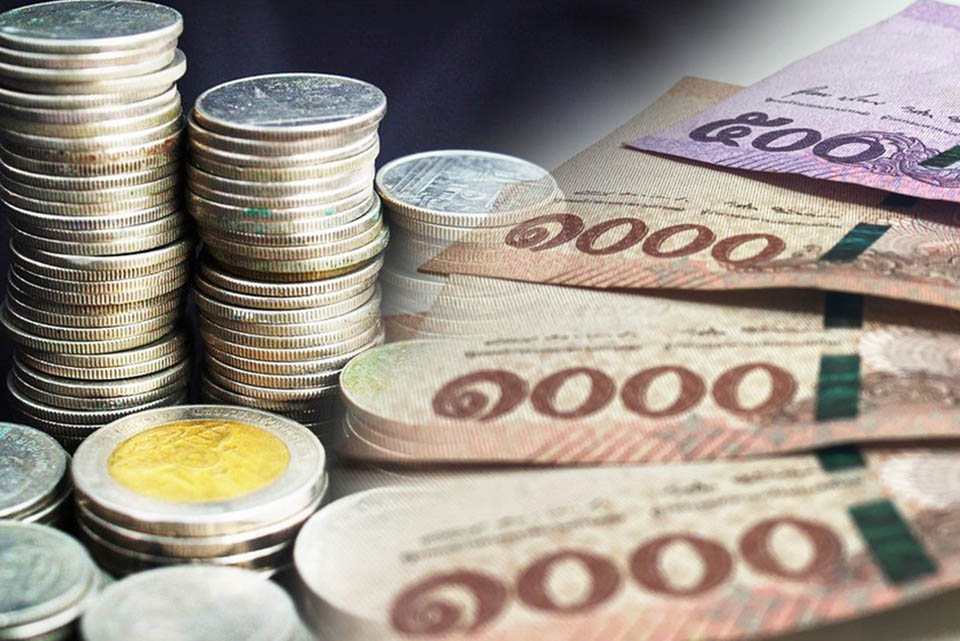
BANGKOK, Thailand – Market strategist at Krungthai GLOBAL MARKETS of Krungthai Bank, highlighted that the baht’s trading range for this week is projected to be between 32.00-32.85 baht per dollar. For this week, the baht is expected to trade within the range of 32.20-32.45 baht per dollar, starting the day (Sep 30) at 32.37 baht per dollar, slightly appreciating from last week’s close of 32.40 baht per dollar.
Since Friday, the baht has moved in a sideways range but strengthened, breaking through the support level of 32.30 baht per dollar. This movement followed a weakening of the dollar and a slight rise in gold prices after the U.S. August PCE inflation data showed a slowdown, raising hopes that the Federal Reserve (Fed) might hasten rate cuts.
However, the baht began to weaken slightly as the U.S. dollar regained strength amid cautious risk sentiment in U.S. financial markets. Additionally, gold prices fell by approximately $20 per ounce due to profit-taking and the dollar’s rebound. Some market participants continued buying gold during this dip, amid ongoing tensions in the Middle East.
For this week, caution was advised regarding potential volatility as markets digest U.S. labor market data and central bank officials’ statements. Although the baht maintains its appreciation momentum, the rally might slow if the dollar rebounds.
Foreign investors have begun taking profits on Thai assets, as expected. However, the baht may continue to receive support if gold prices rise. Furthermore, the baht is currently in an “overvalued” zone in terms of valuation.
As for the U.S. dollar, two-way volatility remains the main theme. The dollar could rebound if expectations of rapid rate cuts by the Fed are tempered by solid U.S. labor market data. However, if labor market data underperforms, the dollar risks weakening further, fueling stronger beliefs that the Fed will cut rates more aggressively.








